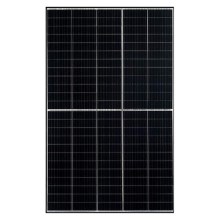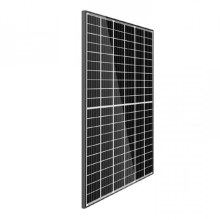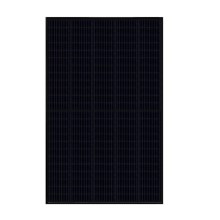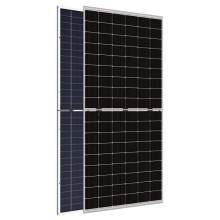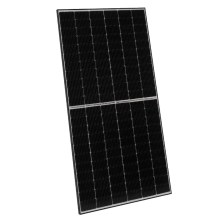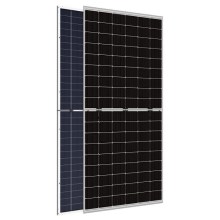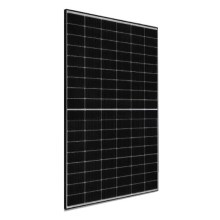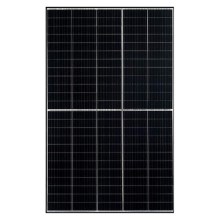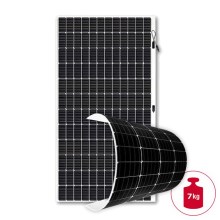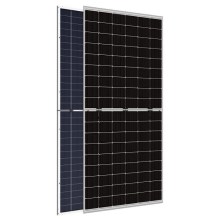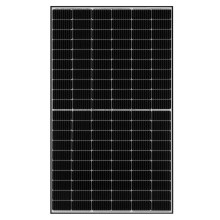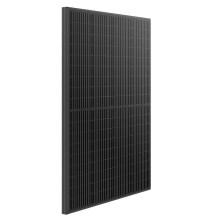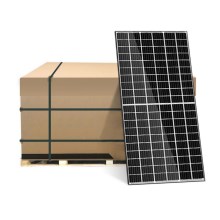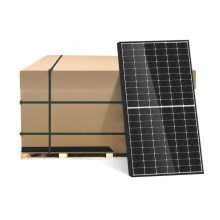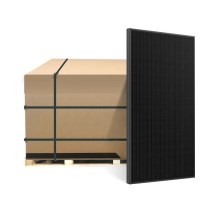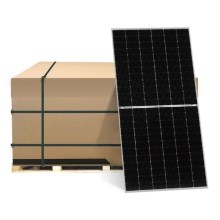Roof
The most common and at the same time very functional solution is putting solar panels on a roof. For such installation, two important parameters play a role in the highest possible performance: the orientation of the panels into the cardinal points (the best solution for the highest efficiency is heading south) and the roof inclination.
In general, the panel should be exposed as perpendicularly as possible to sunlight. The ideal option is a south-facing roof with an inclination of between 25 and 38 degrees. Still, losses in output are minimal at an inclination of up to around 60 degrees. An alternative to the south side is the orientation of the photovoltaic to the southeast or southwest. However, with these variants, compared to the southern one, it is necessary to take into account a loss of performance, which ranges from roughly 5 to 10 percent. In the event that you decide to install the panels in a west or east direction, the loss in their potential output will be as high as 20% compared to those in a south-facing direction. It is possible to mitigate this decline by supersizing the power output, placing the panels on both the west and east sides at the same time, or lifting them southwards. Avoid the northern one in all its forms (north, northwest, northeast) when choosing the cardinal points.
The installation of photovoltaic panels varies between oblique (saddle) and flat types of roofs. For oblique roofs, they can be installed both on the roof covering and instead of it. Avoid horizontal installation for flat ones - in such cases, there may be up to 10% loss of power. The solution is to use a support structure on which you can place the panels in the desired inclination and direction. Lifting, and thus using the support structure, should occur in any case if the roof inclination is less than 15 degrees.
If your roof is really atypical, or if its load capacity does not allow the installation of solar panels, don't worry. There are alternatives that we will show below.
Garages and balconies
Another variant is the placement of solar panels on the garage. But in that case, you have to think about the aesthetic side. An alternative suitable especially for apartment buildings is placing photovoltaics on the balcony. It can take the form of, for example, an awning that pleasantly overshadows the interior of an apartment in summer. At the same time, in winter, when the sun is lower, it does not prevent sunlight from entering the home.
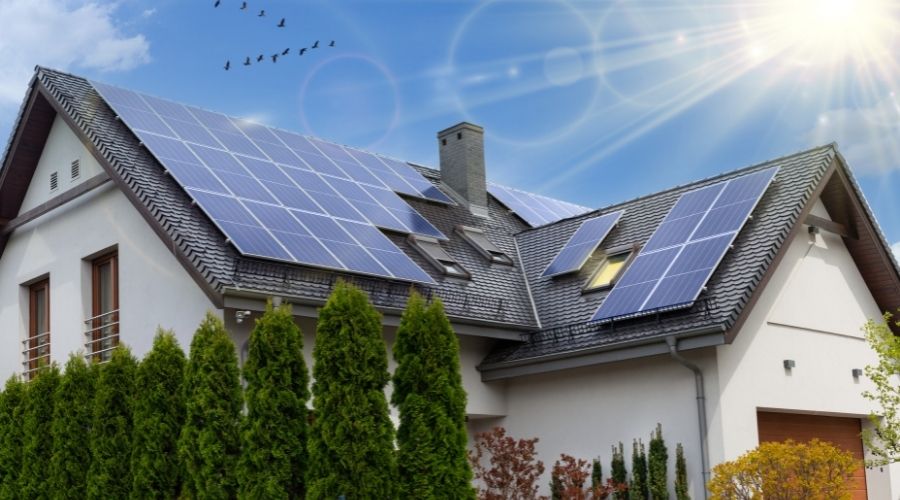 Estates
Estates
Placing solar panels on the estate is also a frequently used method. Their great advantage lies in the possibility of directing them to the most suitable cardinal point (south), thereby maximizing their performance. However, you have to expect that electrical energy will have to be distributed to the target location (the house). On hardened surfaces, panels can be placed just above the ground, for grassed ones, it is necessary to use the support structure. This is so that increasing vegetation does not overshadow the solar panels - and causing power losses.
Other options
If none of the variants is suitable for you, it's okay. There are other options for the placement of solar panels. There is a lot of them. You can think about using other buildings near your home (barn, garage, pergola, shed). In that case, you can distribute the electrical power to your home. And there are even less common yet functional alternatives. We can include placing panels on fences or gazebos.
One last tip: Make sure that there is nothing blocking the sunlight's path to your solar panels. Ensure that branches, dormer-window, lightning rods, chimneys, or other objects do not obstruct the passage of the rays.


 Paulina
Paulina
